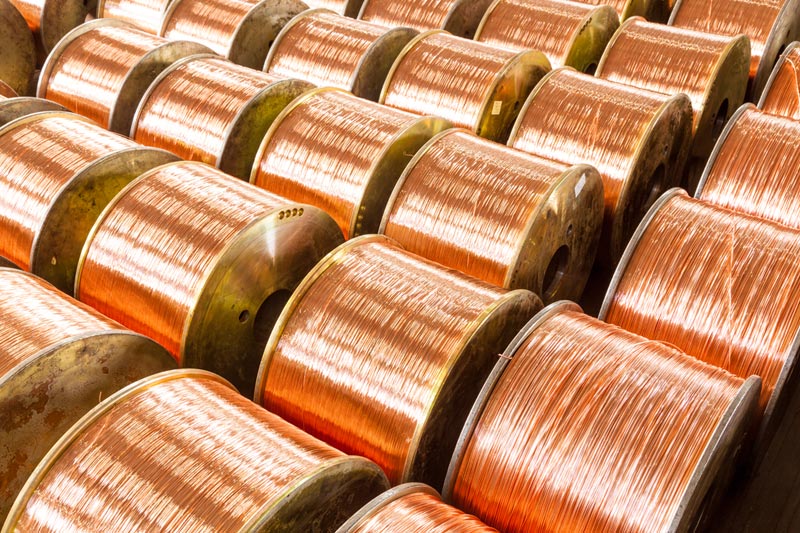Investing.com - Copper prices declined on Monday, tracking steep losses across the metals complex, as a broadly stronger U.S. dollar and expectations of higher interest rates in the U.S. weighed.
Copper for September delivery on the Comex division of the New York Mercantile Exchange dipped 0.9 cents, or 0.37%, to trade at $2.487 a pound during European morning hours.
Copper prices retreated 3.4 cents, or 1.65%, last week, amid concerns over the health of China's economy. The Asian nation is the world’s largest copper consumer, accounting for almost 40% of world consumption last year.
Elsewhere, gold futures for August delivery tumbled $18.10, or 1.6%, to trade at $1,113.80 a troy ounce, while silver futures for September delivery slumped 4.7 cents, or 0.32% to trade at $14.78 an ounce.
Gold plunged by as much as 5.3% in a matter of minutes during early Asian morning hours to hit an intraday low of $1,080.00, a level not seen since February 2010.
Gold's losses accelerated as a bout of technical selling kicked in after prices broke below a key support level close to the $1,120-level, triggering fresh sell orders amid bearish chart signals.
Comex gold prices have been under heavy selling pressure in recent weeks amid speculation the Federal Reserve is moving closer to raising interest rates for the first time in eight years.
Prices of the precious metal slumped $27.20, or 2.24%, last week, the fourth straight weekly loss, amid rising bets that a rate hike is coming in September.
Gold, which yields nothing and costs money to hold, is seen as a less attractive investment during times of rising interest rates.
Meanwhile, the dollar marched higher against its major counterparts as upbeat U.S. inflation and housing data on Friday added to expectations for an interest rate hike this fall.
The U.S. dollar index, which measures the greenback’s strength against a trade-weighted basket of six major currencies, was last at 98.05 after hitting a seven-week high of 98.19 earlier.
A stronger dollar saps demand for raw materials as an alternative investment and makes metals priced in the currency more expensive in terms of other monies.
